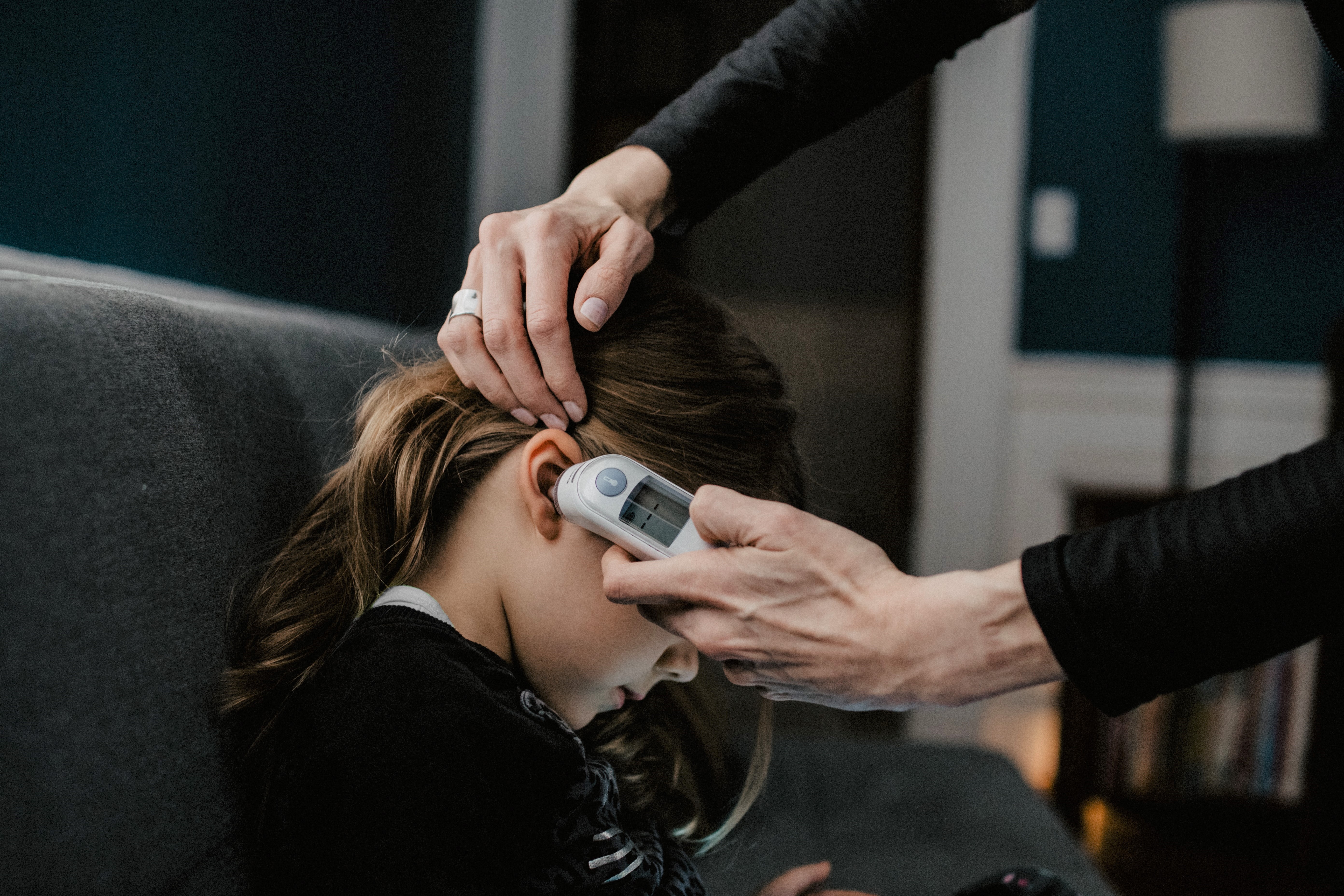
One out of every 10 children with a bloodstream infection are infected with a multi-drug resistant organism in the nation’s first-ever surveillance study investigating the prevalence of paediatric antimicrobial resistance (AMR).
The Australian Group on Antimicrobial Resistance (AGAR) Kids Report, prepared by the Wesfarmers Centre of Vaccines and Infectious Diseases, based at The Kids Research Institute Australia, uses data collected from 38 laboratories throughout the country to identify the strains of bacteria responsible for sending kids to hospital.
Identified by the World Health Organization as one of the top global public health and development threats, AMR occurs when bacteria develop a defence mechanism to avoid antibiotics and is expected to claim 10 million lives by 2050.
Lead author and infectious diseases epidemiologist, Ms Anita Williams, said antimicrobial resistance amongst kids is a serious and growing problem that is likely to cause many infection-related hospital admissions and deaths in the future.
“To date, there has not been a national snapshot available on AMR in Australia, so we evaluated 1700 bacteria samples collected throughout 2020 - 2021 from Australian kids and teenagers,” said Ms Williams.
“For the first time ever, we were able to identify bacterial infections and antibiotic resistance across different antibiotics by age, sex and state or territory – providing an essential benchmark for all future research in this field.”
The key findings of the AGAR Kids study, published today in Communicable Disease Intelligence, demonstrated that 9.4 per cent of the bacteria causing bloodstream infections were multi-drug resistant, and pin-pointed Staphylococcus aureus – known as golden staph or S. aureus – as the most common bacteria found in children over the age of one nation-wide.
The Northern Territory recorded the highest rate of methicillin-resistance, or MRSA, at 45 per cent, followed by Western Australia at 19 per cent.
E. coli was the most frequently reported bacteria in patients under 12 months of age, with the highest proportion of antibiotic resistance found in Victoria.
“The study gives us valuable insight into how AMR varies according to geographic location, which can help guide localised treatment recommendations, but it also tells us that no matter the location – all children are at risk of resistant infections,” said Ms Williams.
“Now that we have a baseline for monitoring AMR in children, the study can be replicated to examine larger data sets over longer time periods to tackle this very concerning health issue.”
Professor Chris Blyth, paediatric infectious diseases physician and Centre Head of the Wesfarmers Centre of Vaccine and Infectious Diseases, says this first-of-it-kind study funded and endorsed by the Australian Government will help health professionals determine optimal treatment for children with blood stream infections and improve treatment outcomes.
“Monitoring paediatric bacteria will also help us learn more about the cause of invasive infections and inform future treatment and prevention strategies by targeting at-risk age groups in higher-risk states and territories,” Professor Blyth said.
“It also highlights that Australian children are at risk of multi-drug resistant organisms - efforts to tackle AMR and improve antibiotic use must be prioritised.”
